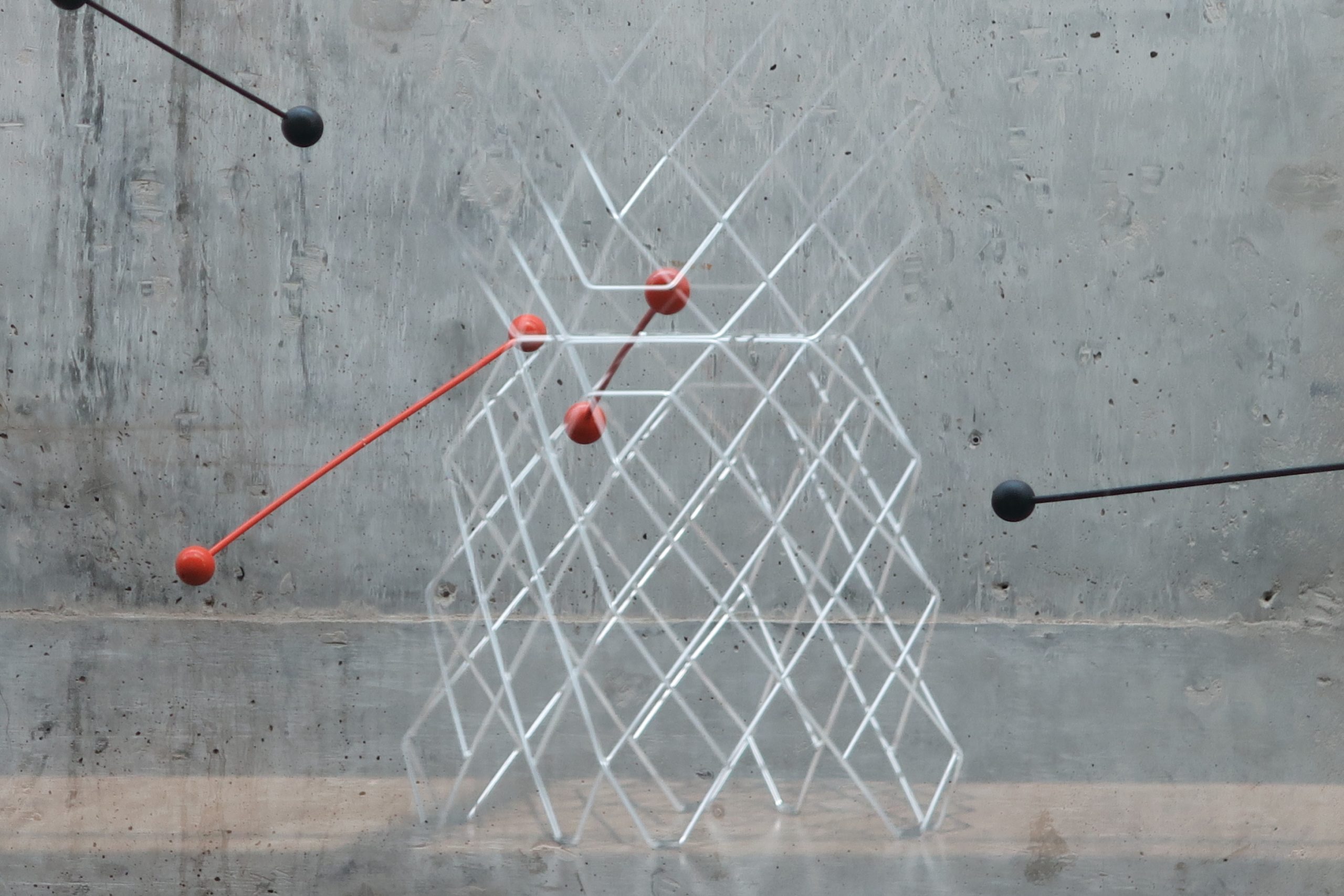
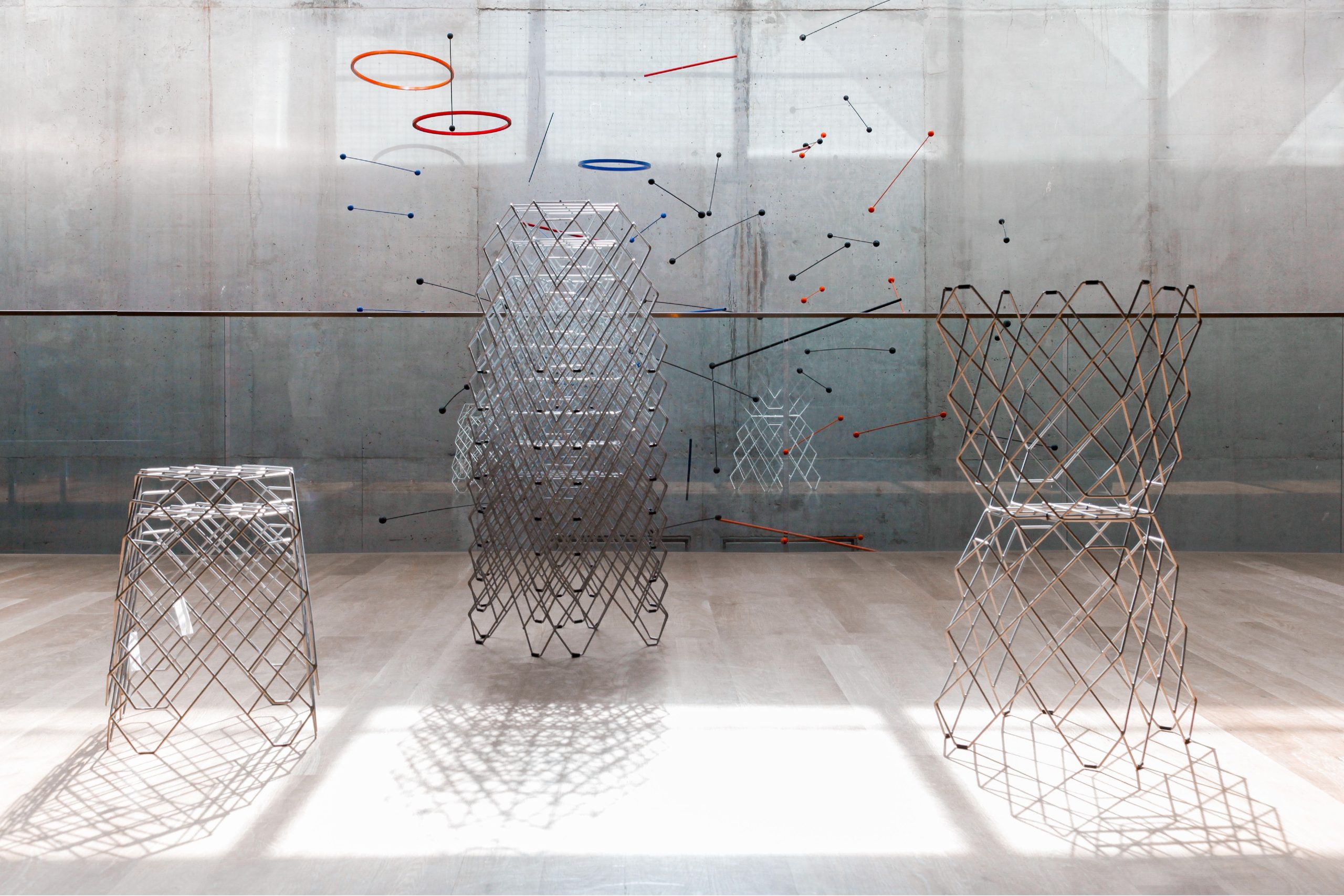
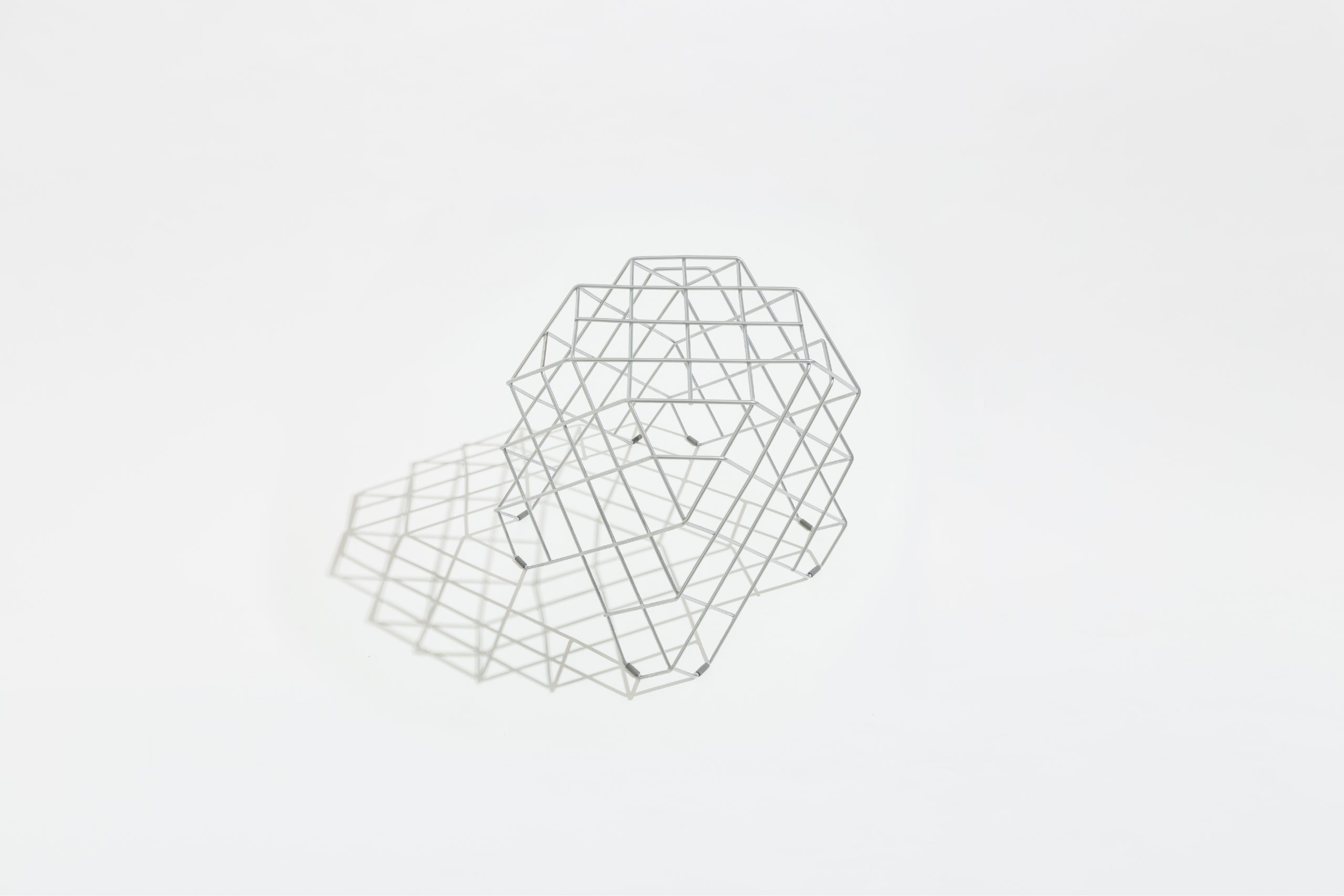
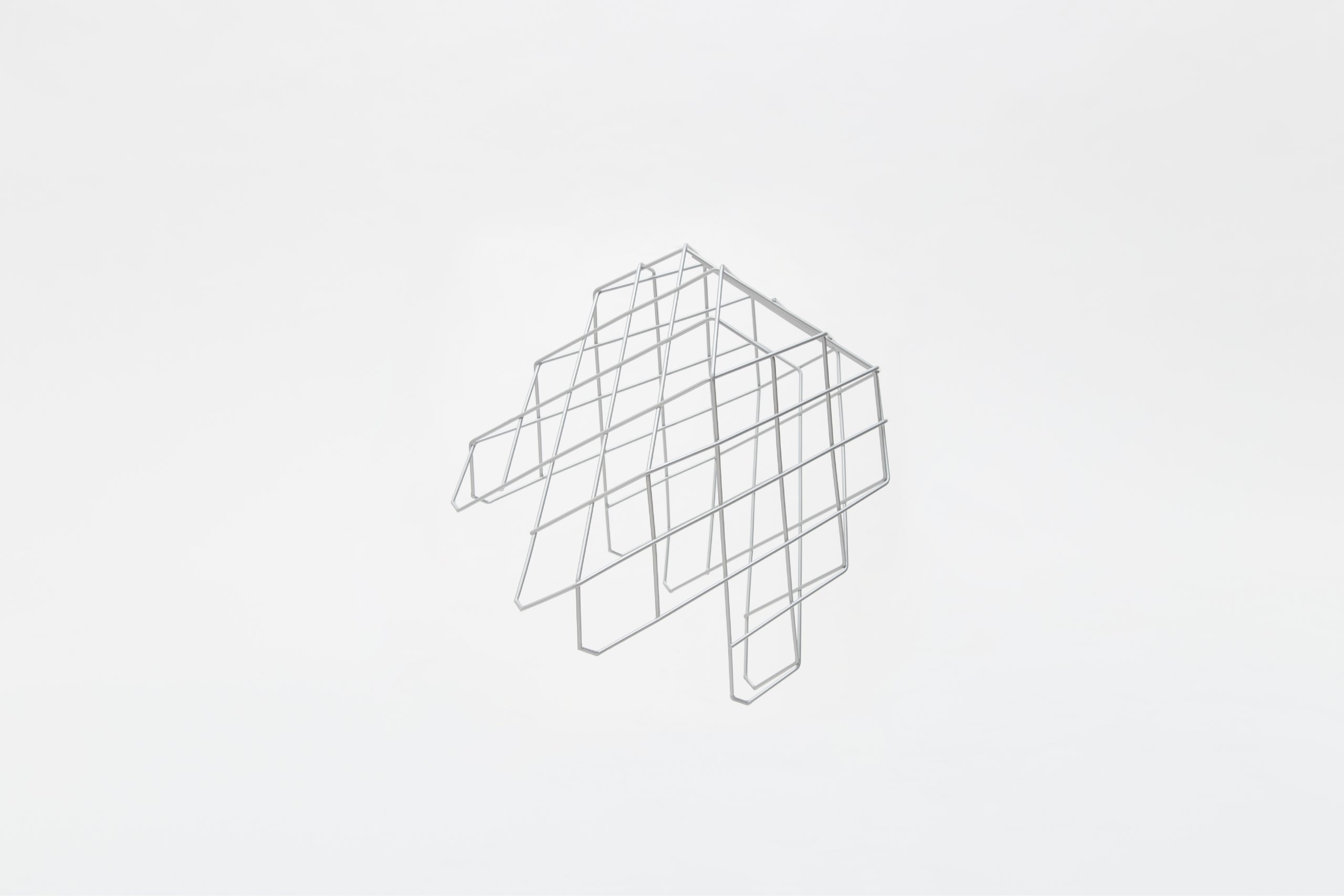
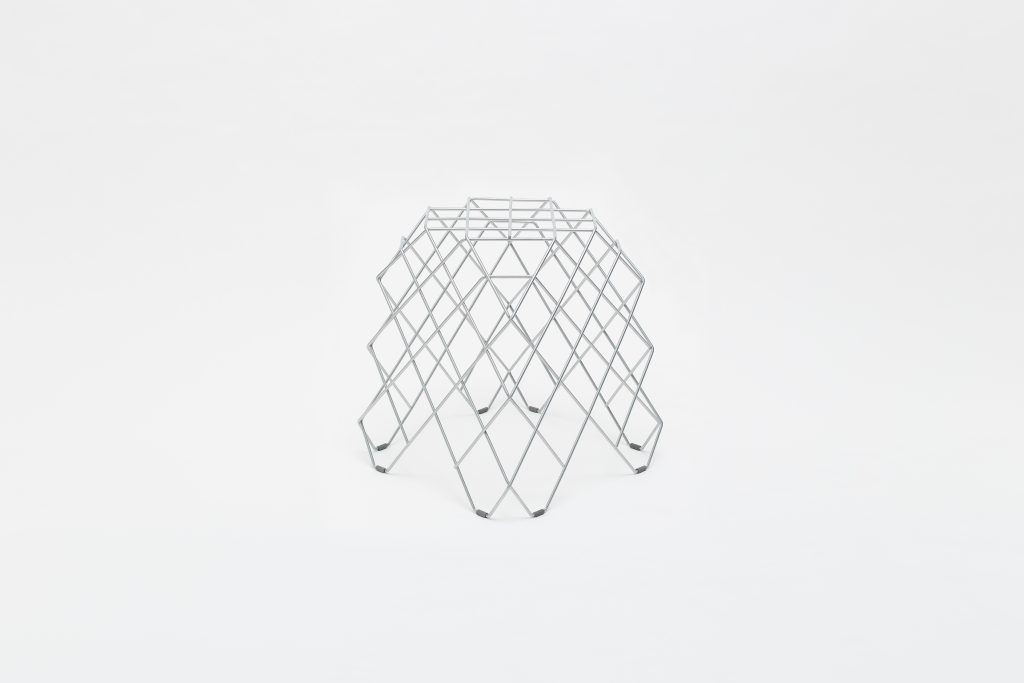
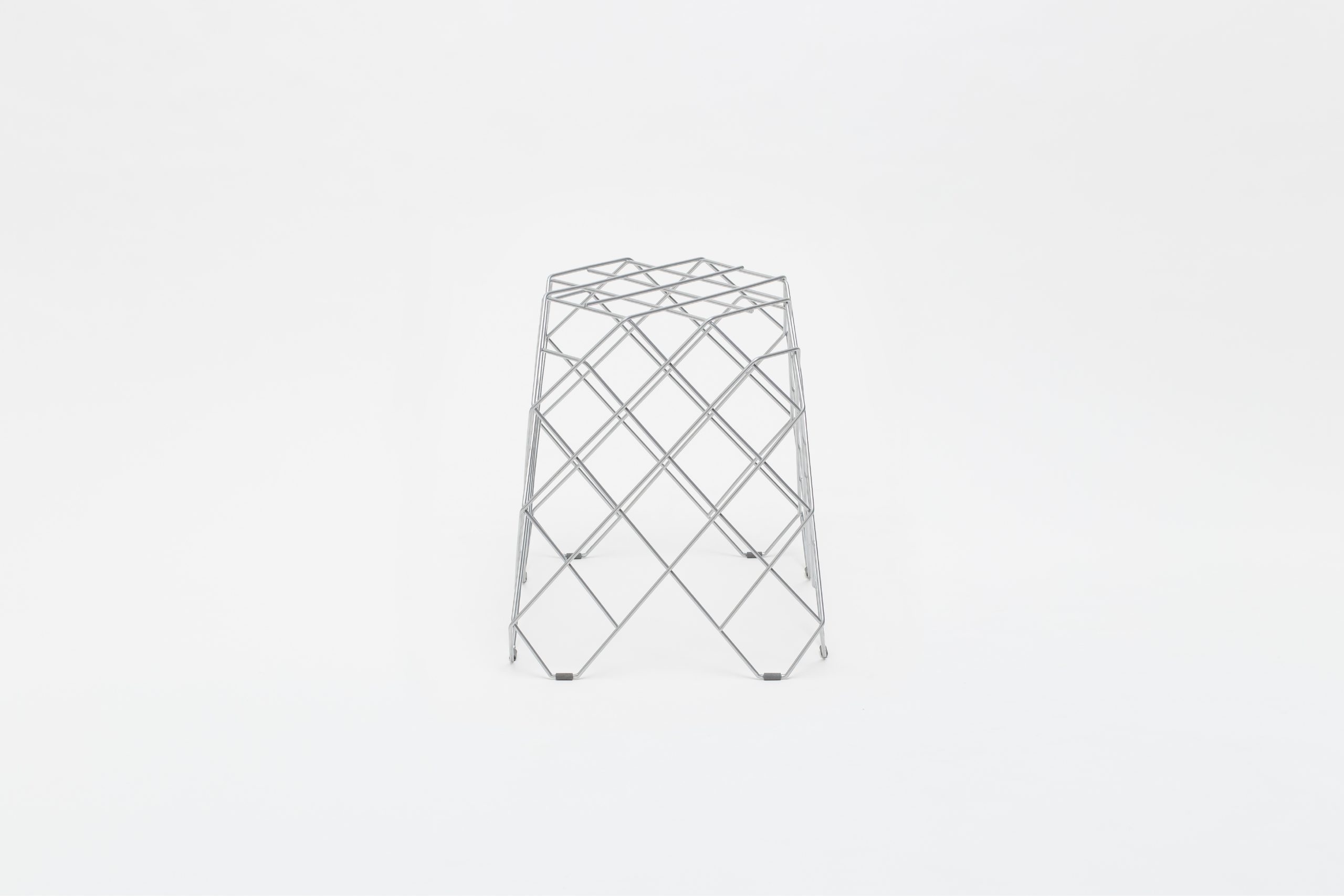
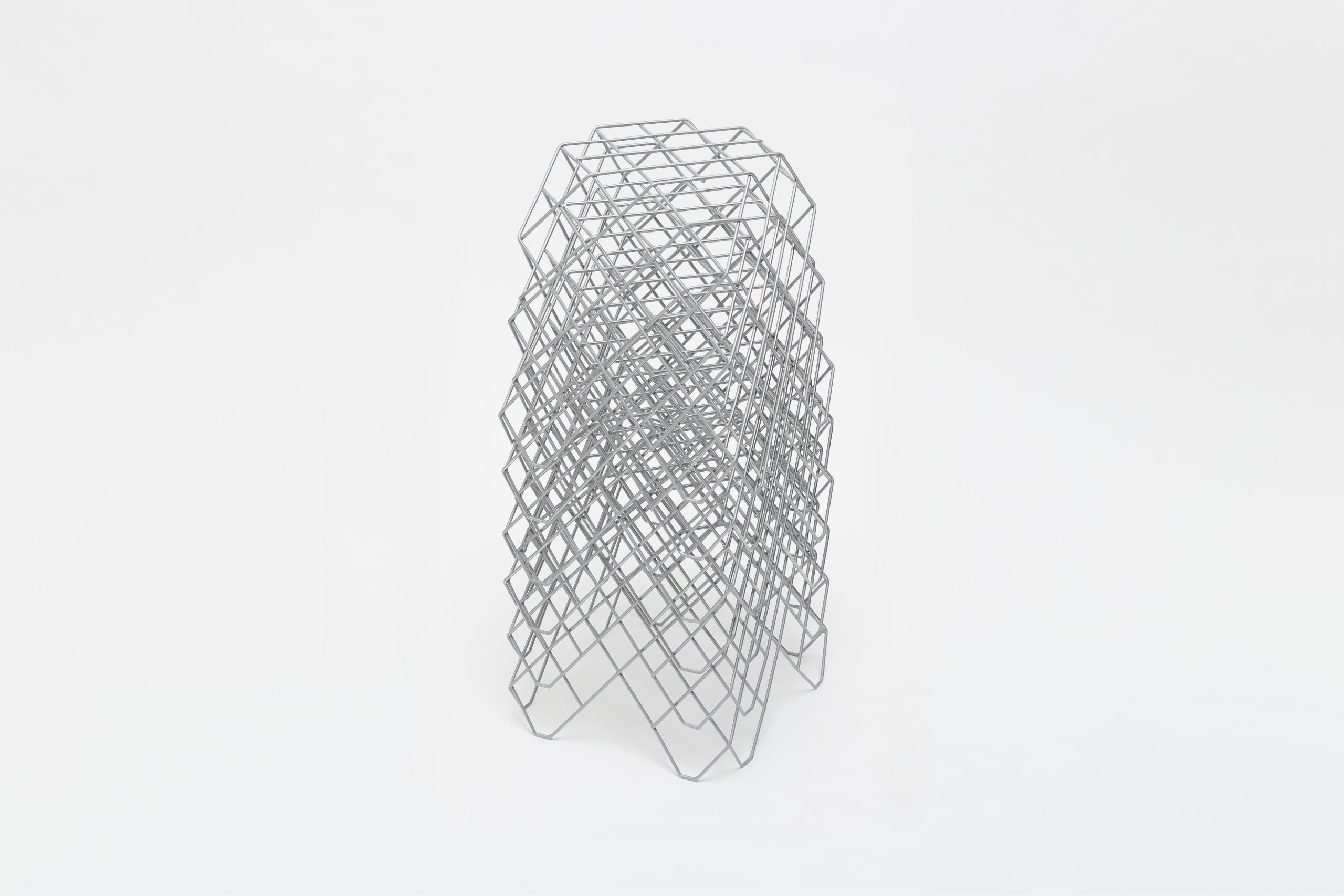
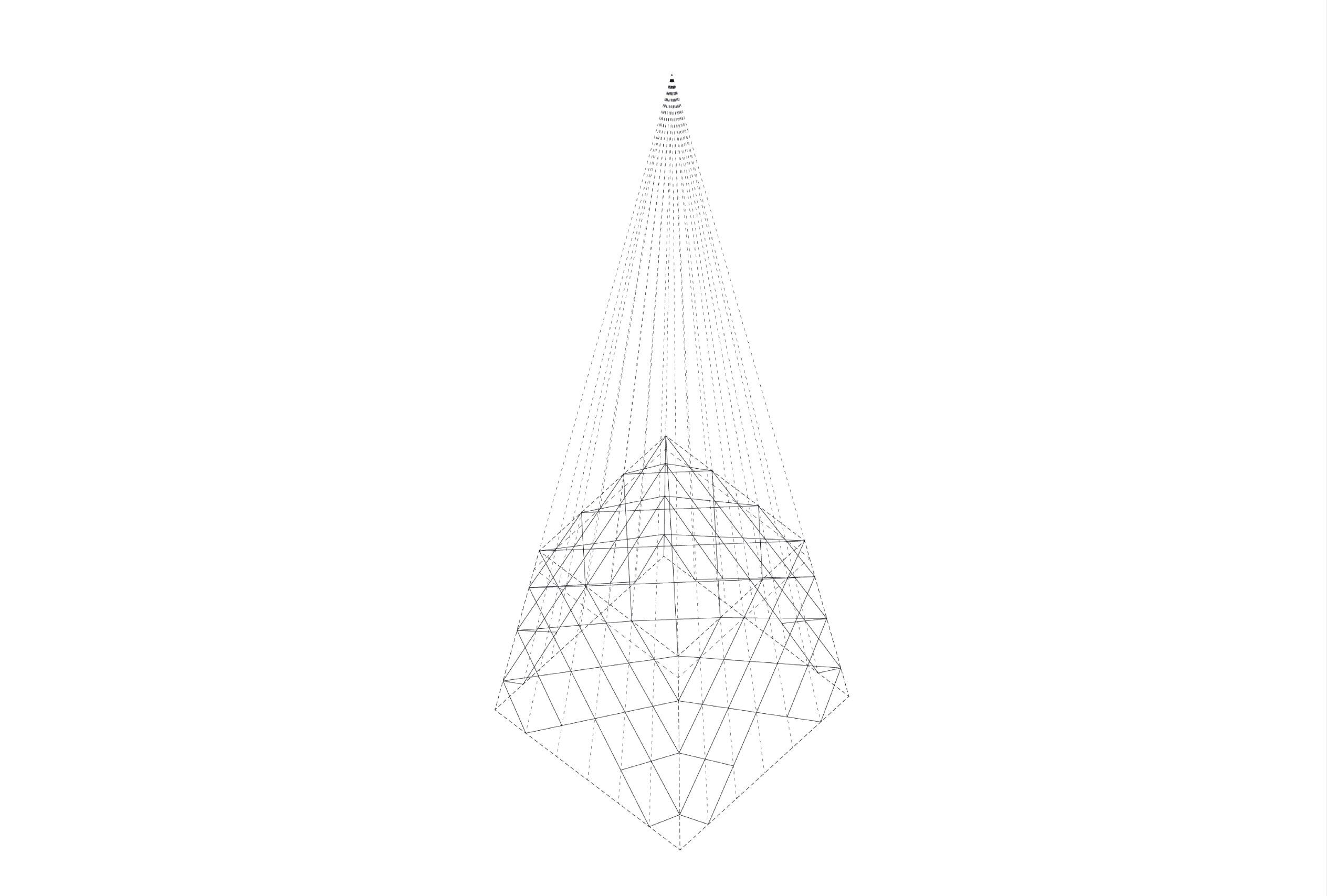
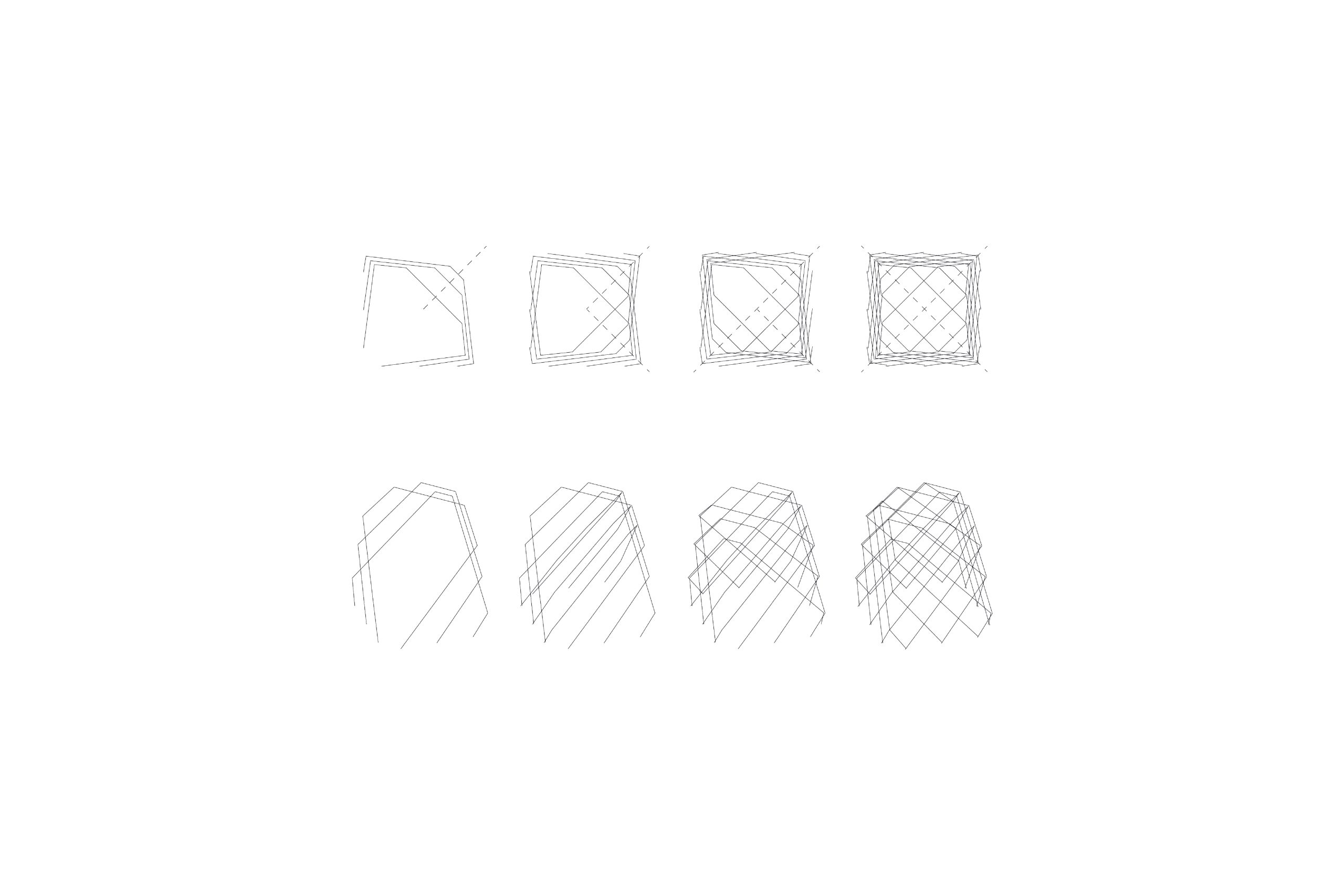
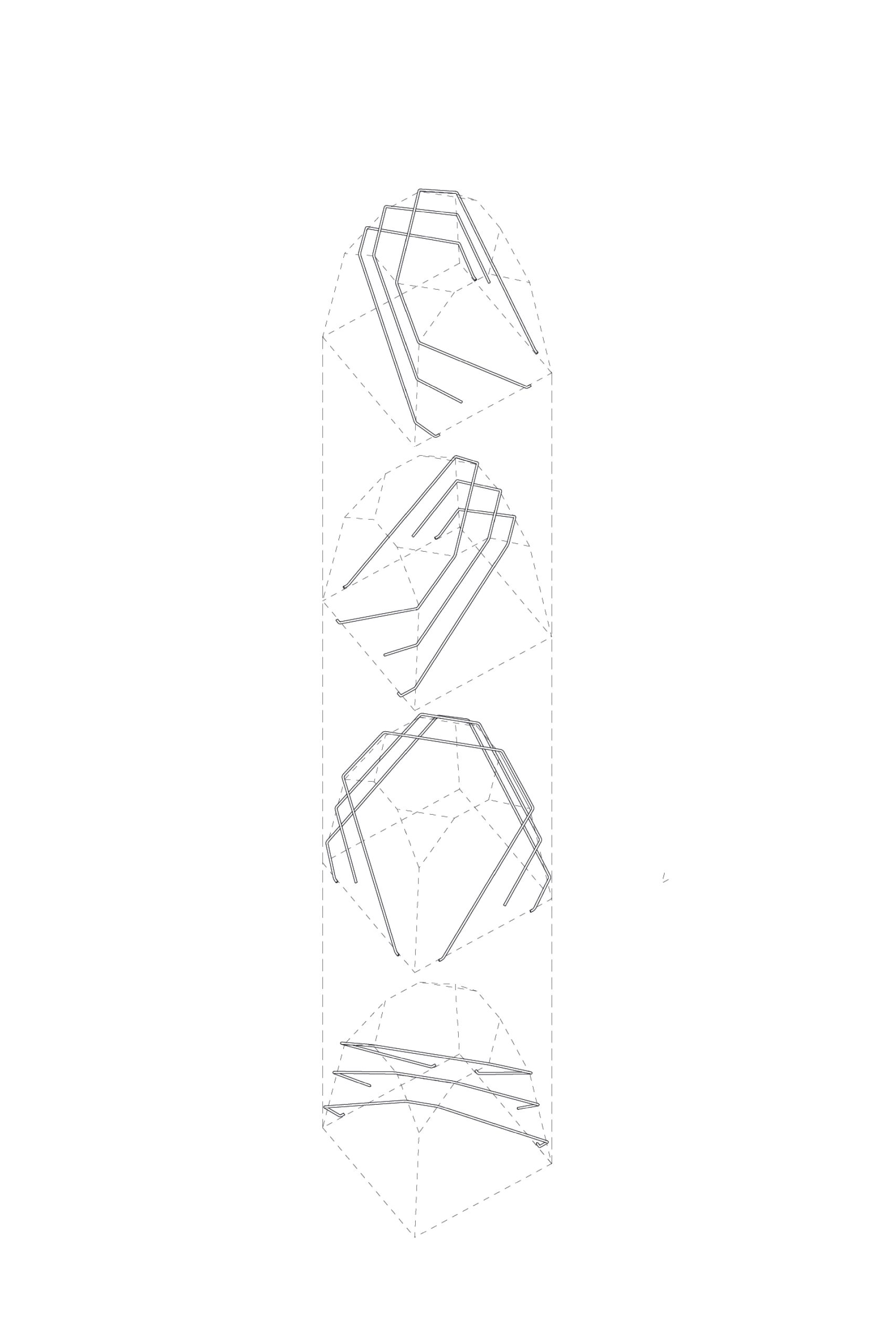
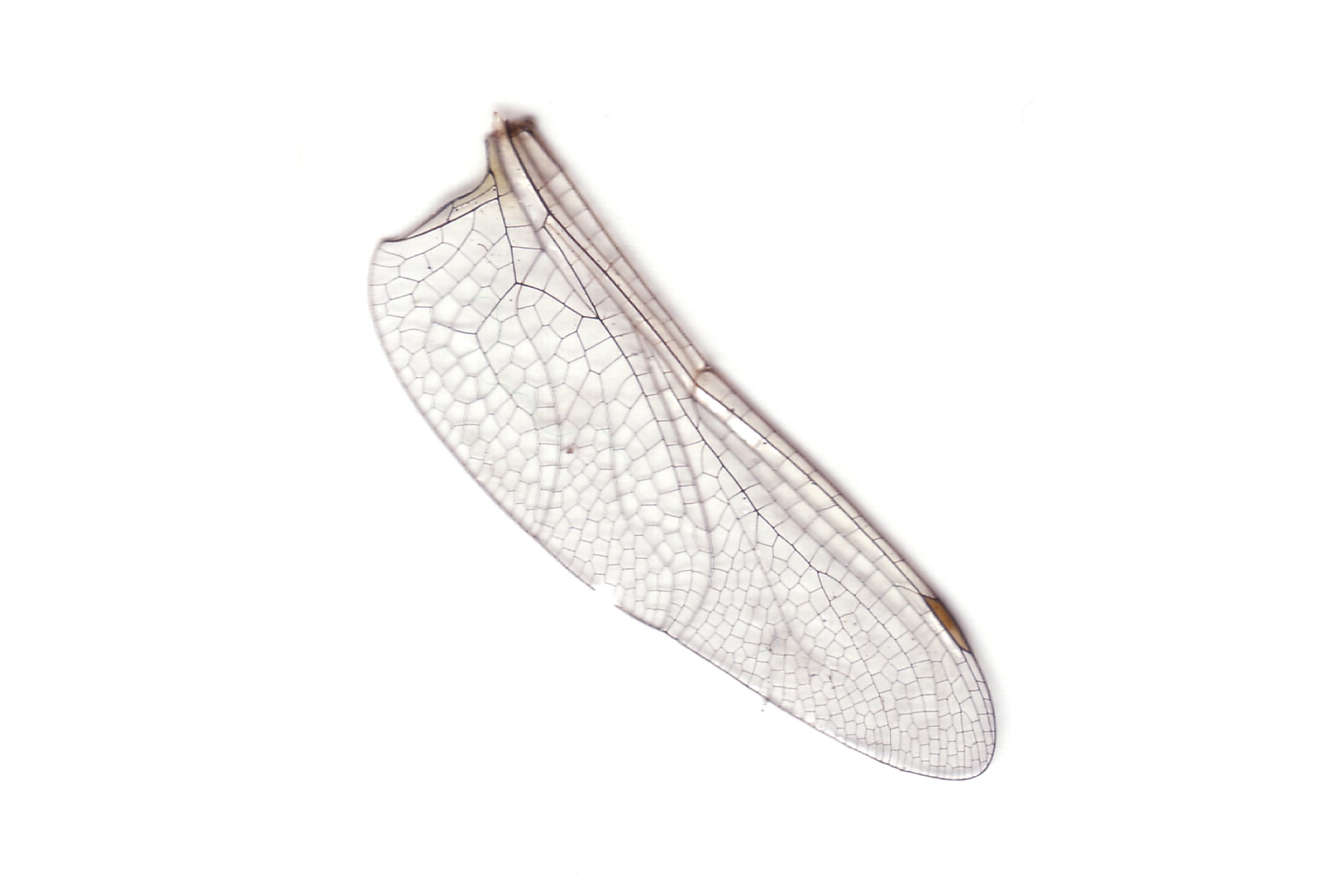
R24 -Museo de Arte Contemporáneo de Buenos Aires, 2016-2017
location: MACBA, Buenos Aires
year: 2016-2017
type: furniture
collaborators: arch. Gustavo Bianchi, Martín Truffat, Geza Bethlen
context: Museo al Sol Programme
team: [ Museo al Sol ]: Teresa Riccardi ( dir. ), Ariana Spenza ( prod. ), Paula Valentini ( design )
funding: through Mecenazgo Cultural, Gobierno de la Ciudad de Buenos Aires
photo: Marianela DePetro ( Studio ), Chloé Michalakis ( Museum )
stool ( first limited edition )
Made of powder-coated steel rod. Handmade. With removable pad.
L 42 x W 42 x H 47 cm
selected finalist category: Product Design, 8th. Ibero American Design Biennial BID18 /DiMad., 2018
exhibition: Matadero Madrid
https://www.bid-dimad.org/wp-content/uploads/2018/12/catalogo_bid18.pdf
Born as an integrated and interdisciplinary project that highlights design as a functional instrument to provide a museographic solution to the needs of the elderly, being an interpretation of the concept of the bench to enhance its identity as a place of connection and its power to bring people closer to the museum and its activities.
Since then, it has become another piece in the museum and has accompanied it in many of its events and fairs. It’s good reception relies on generating content after collecting data of all kinds and validating what is developed from a functional point of view through testing first prototypes and receiving feedback from potential users.
Being both light and resistant the pieces can function in the everyday life of the Museum. Their pyramidal geometric body allows them to be stackable so that they can remain in the rooms occupying a minimum surface area which is also fundamental due to the limited storage space available. Likewise, the way they are perceived in context as another work of geometric abstraction in the room summons that sense of belonging.
Its light and open fabric disappears into the concrete background of the Museum’s walls.
R24 builds an ethereal support from the image of the weightlessness of bodies held in space and the material research of structural fabrics in steel rods.
The innovation of R24 lies in dematerialising edges and substructures and avoiding the bracing rings that define the volume of the original pyramid in order to achieve continuity. The open weave integrates the seat and supports creating a firm shell structure in a single continuous skin.
The thin 5mm metal curves that make up the pieces are bent on the same plane ( xy ) to simplify their handcrafted construction. These elements are hatched around the absent pyramidal body and arranged in a diagonal pattern.
The braiding manages to put the threads in contact creating a two-level mesh that distributes the stresses in a solidary manner, giving it a resistance capable of supporting a weight nearly a hundred times greater than it’s own.